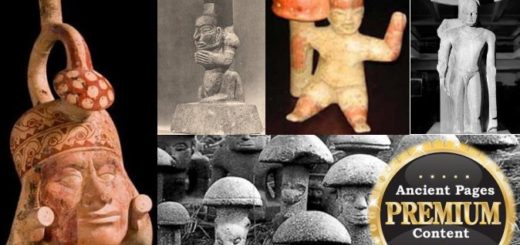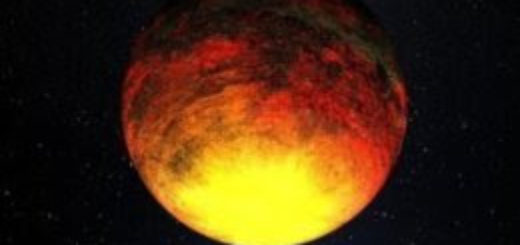Ancient Tradition And True Meaning Of Candy Canes
Have you ever wondered what’s behind the ancient Christmas tradition and true meaning of candy canes?
Due to the J-shape many people associate candy canes with the name Jesus, but that is wrong. The shape was meant to represent the crooks of the shepherds to whom the angel announced the first Nativity.
The candy cane began as an all-white, straight, sugar treat, and is believed to have been invented by French priests in the early part of the 15th century.

The choirmaster purportedly passed out the confections to young children attending the services at the living creche, or Nativity scene, in order to keep them quiet during the long ceremony. Due to their success in hushing youngsters, their appeal to the taste buds, or perhaps a combination of both, the custom of passing out the treats at such ceremonies spread.
By the 16th century, the decorating of Christmas trees, which had begun in Germany, had become popular in other parts of Europe as well. Early trees were adorned with fruits, colored paper, flowers and candy. The straight, white sticks of candy were one of the items used in garnishing the trees.
The tradition was brought to Ohio, USA by August Imgard, a German immigrant, who is generally credited with being the first person in America to decorate a Christmas tree with candy canes. Gregory Keller, a Catholic priest and brother-in-law of Bob McCormack, invented the first candy cane machine. Bob McCormack’s company, Bob’s Candies, then became the major candy cane manufacturer. In time candy canes grew in size. The largest candy cane ever created was made by candy shop owner Paul Ghinelli in 2001. It measured in at 58 ft. and 2.25 inches (17.74 meters).
Shaped sugar treats were probably the earliest form of candy. Families that could afford and had access to sugar, corn syrup, cream of tartar, flavoring, and coloring made candy canes at home.
The colored stripe and flavor were added much later in the candy cane’s history. The curve at the top of the cane, making it look like a shepherd’s crook was not intended to make it easy to hang on people’s Christmas trees, as some people think.
Needless to say candy canes have become popular not only among children, but also adults which is also the reason why approximately 1.76 billion candy canes are produced every year.
Written by Ellen Lloyd – AncientPages.com
Copyright © AncientPages.com & Ellen Lloyd All rights reserved. This material may not be published, broadcast, rewritten or redistributed in whole or part without the express written permission of AncientPages.com and Ellen Lloyd
About the author:Ellen Lloyd – is the owner of AncientPages.com and an author who has spent decades researching ancient mysteries, myths, legends and sacred texts, but she is also very interested in astronomy, astrobiology and science in general



 Creators of mankind
Creators of mankind Description of “Tall white aliens”
Description of “Tall white aliens” Where they came from?
Where they came from? About hostile civilizations
About hostile civilizations The war for the Earth
The war for the Earth “Tall white aliens” about eternal life
“Tall white aliens” about eternal life Video: “Nordic aliens”
Video: “Nordic aliens” Aliens
Aliens Alien encounters
Alien encounters The aliens base
The aliens base UFO
UFO Technology UFO
Technology UFO Underground civilization
Underground civilization Ancient alien artifacts
Ancient alien artifacts Military and UFO
Military and UFO Mysteries and hypotheses
Mysteries and hypotheses Scientific facts
Scientific facts


















